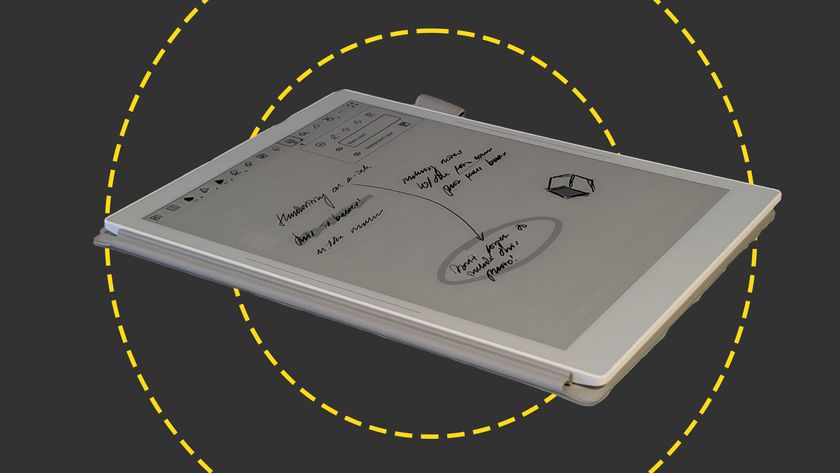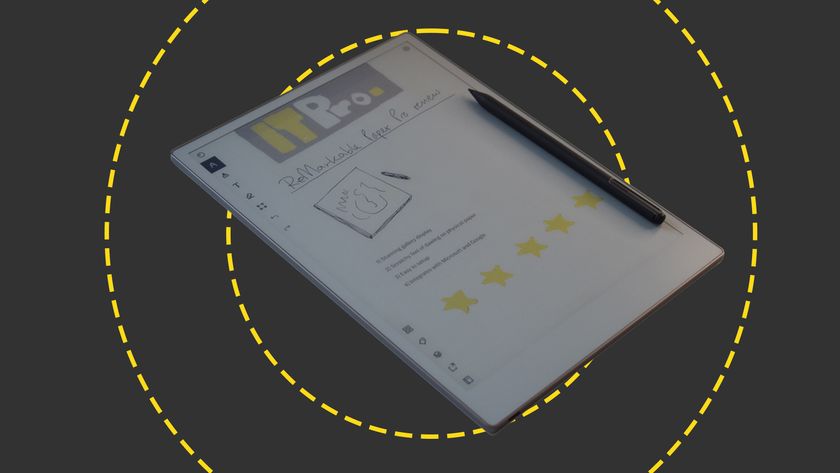How do tablets fit into your business?
Tablets may be the must-have device for consumers, but do they fit into the workplace, and if so, how? Clare Hopping investigates.
"Companies took one of three approaches be an ostrich (pretend the problem wasn't really there), ban the use of personal devices (which in effect turned out to be the same as the first option), or put in place a means of ensuring that any connected device met basic needs, such as anti-virus and so on."
The tablet revolution had arrived thanks to the iPad, but the consumer-targeted device wasn't built for businesses
Again, this third option was actually relatively simple Windows is Windows, pretty much, and so the business knew what it was dealing with.
The Mobile Workforce Report, compiled by mobility services vendor iPass, surveyed working patterns among more than 4,000 people. According to the vendor, businesses that use mobile technologies can gain 240 hours a year in additional productivity, at relatively little cost.
"We are seeing [access to a mobile device] as something that is expected, something that is the norm," said Steven Wastie, iPass' senior vice president.
"This is being driven both by demand and supply: applications people want to access, price points for devices that are more attractive and larger screen sizes."
The problem now is the tablet revolution is bringing in new operating systems.
Get the ITPro. daily newsletter
Sign up today and you will receive a free copy of our Focus Report 2025 - the leading guidance on AI, cybersecurity and other IT challenges as per 700+ senior executives
"iOS, Android, Blackberry PlayBook OS, WebOS, Linux is a whole new ballgame where it makes it difficult for an organisation to be able to apply the same sorts of controls," Longbottom said.
"Indeed, when mixed with the advanced intelligence of smartphones, then it gets even more complicated."
Although tablets seem a relatively new phenomenon, they have been around since the time of the PDA, albeit previously pretty un-intuitive.
The tablet term was first thrown about by Microsoft in 2001, after PDAs morphed into something larger and touchscreen devices became increasingly popular.
In 2006, the tablet became the ultra mobile PC (UMPC) and then re-branded to Slate PC in 2010 to show Microsoft was changing direction, and adding Windows 7 onto its devices a certain bonus for businesses already using the platform elsewhere.
In January 2010, the most popular tablet to date was launched by Apple. The tablet revolution had arrived thanks to the iPad, but the consumer-targeted device wasn't built for businesses, even though the consumption was massive in the consumer community.

Clare is the founder of Blue Cactus Digital, a digital marketing company that helps ethical and sustainability-focused businesses grow their customer base.
Prior to becoming a marketer, Clare was a journalist, working at a range of mobile device-focused outlets including Know Your Mobile before moving into freelance life.
As a freelance writer, she drew on her expertise in mobility to write features and guides for ITPro, as well as regularly writing news stories on a wide range of topics.
















